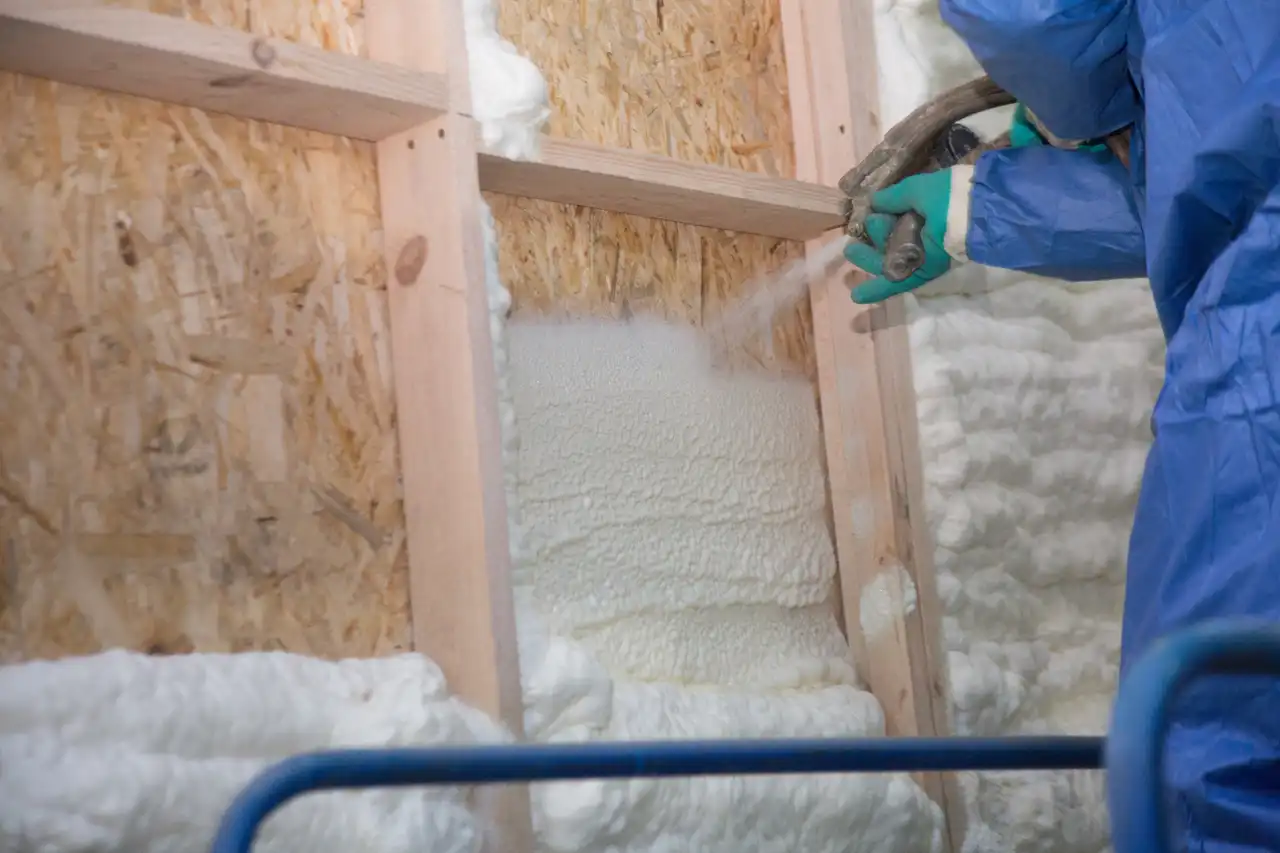

Please view “The R Fairy Tale” (PDF file) and “Oak Ridge Labratory’s”(3 PDFs in zip) study on fiberglass insulation for more information about the inaccuracies of R-values. Open cell foam significantly slows down convection through and within the wall cavity. Open cell spray foam, however, is more permeable to water vapor than closed-cell, with perm ratings of approximately 16 per 3 inches thickness, and therefore is not a code approved vapor barrier/retarder. Open cell foam should not be used in exterior applications, such as underneath a raised house, due to its inability to retard moisture flow. However, Go Green Solution's open cell foams are incredibly effective as a sound barrier, having about twice the sound resistance in normal frequency ranges as closed-cell foam.
